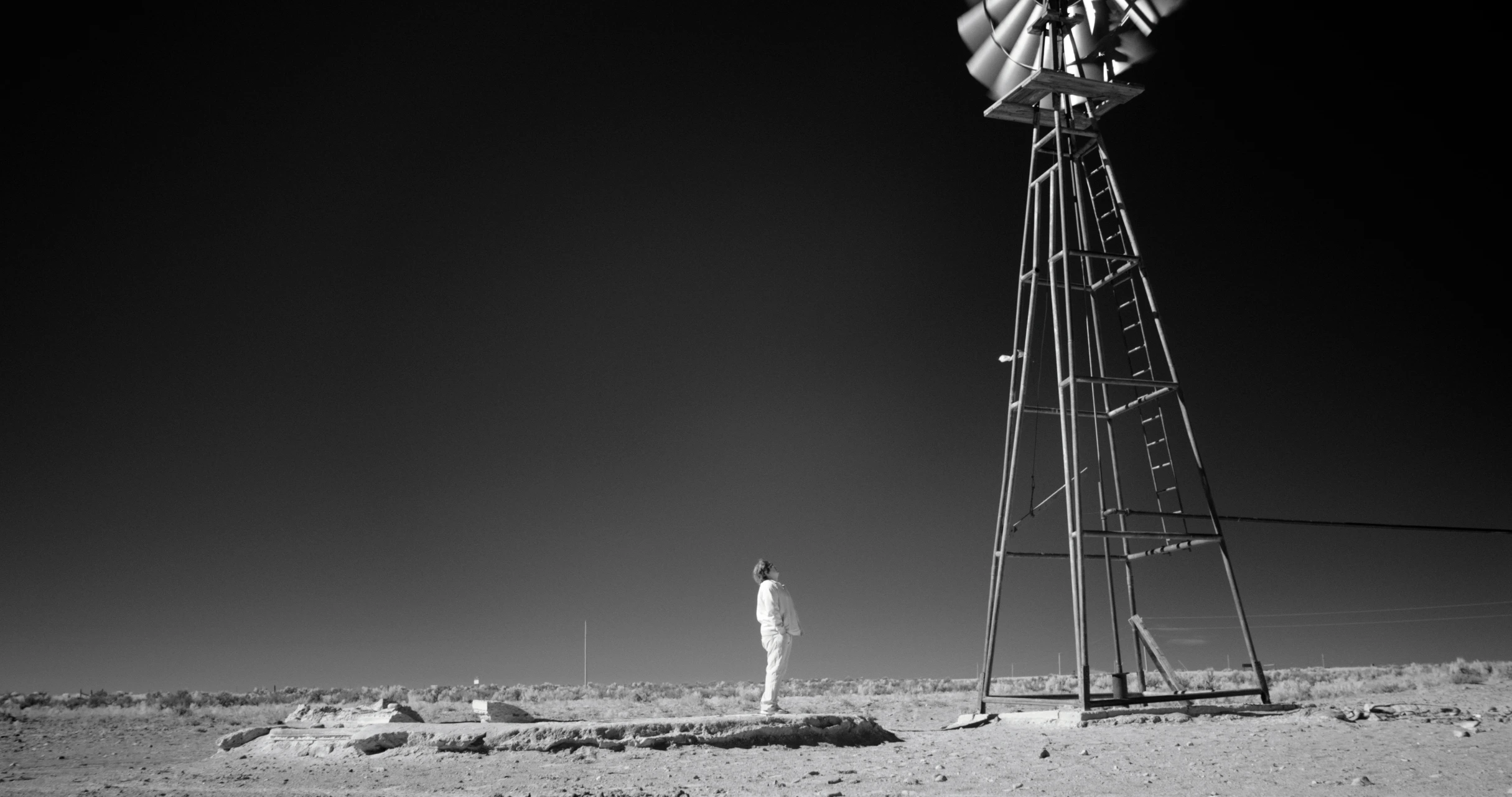Slamdance Film Review: Demon Mineral
Film Reviews
Slamdance Film Review: Demon Mineral
Director: Hadley Austin
Premiere: 01.19.24
“I thought I found the hole that leads to hell,” Teracita Keyanna, a Diné (Navajo) local says as she drops a rock down a seemingly bottomless crevasse. A deep echo produces a haunting tone before falling silent. When she found the pit as a child, Keyanna had no idea that she had stumbled upon the dregs of a uranium mine.
Demon Mineral derives its title from the Navajo word for uranium: “łéétsoh.” In the 1950s, much of the uranium mined in Arizona, New Mexico and Utah was on or near Diné land. Most of this uranium was used to bolster the United States’ nuclear arsenal. Though the Navajo Nation banned the mining of Uranium in 2005, the damage had already been catastrophic, with nuclear waste contaminating dozens of Diné communities. One instance, the Church Rock uranium mill spill, remains the worst nuclear disaster in U.S. history, yet most Americans have probably never heard of it.
Worse still, the irradiated land still poisons, and will continue to poison, the local population of these regions until something is done. Diné people have much higher cancer rates than the average American. Though many activists and Diné elders in the community have tried to appeal to Congress, no real reparations have been made.
Yet Demon Mineral doesn’t wallow in despair; rather, it ends on a hopeful note: future generations will continue in their fight against “nuclear colonialism” just as their forebears did. This message is all the more profound since the film never has to “pass the microphone.” Every voice represented in Demon Mineral is an Indigenous one, with Diné scientists such as Dr. Tommy Rock and activists like Leona Morgan providing scientific and sociological context for the testimonials given by locals.
Even in its presentation, Demon Mineral shows great reverence for Indigenous land, capturing stunning vistas in gorgeous and serene black-and-white photography. Another fine detail that elevates the film is the use of ambient sound. Instead of relying upon schlocky stock music, Demon Mineral fills the space with the whisper of a gentle breeze from footage captured on Native land. This, combined with the tasteful use of articles, infographics and CG renderings, makes for a mesmerizing experience. Austin’s direction is precise, and though the film is presented more like a mosaic and less like a linear narrative, the experience is profoundly affecting.
Demon Mineral is a damning indictment of the U.S. government’s negligence and violence toward Indigenous communities and serves as a strong companion piece to last year’s Oppenheimer, showing just how far-reaching the negative effects of the nuclear arms race were. –Seth Turek
Read more of SLUG‘s comprehensive coverage of the 2024 Slamdance Film Festival.
